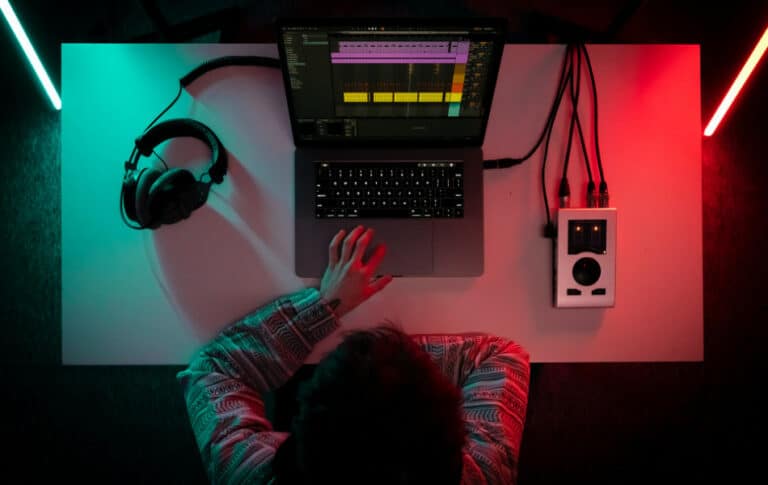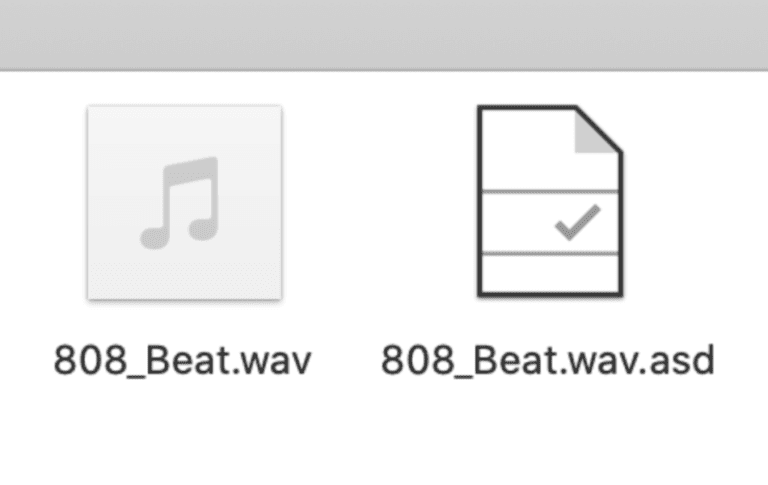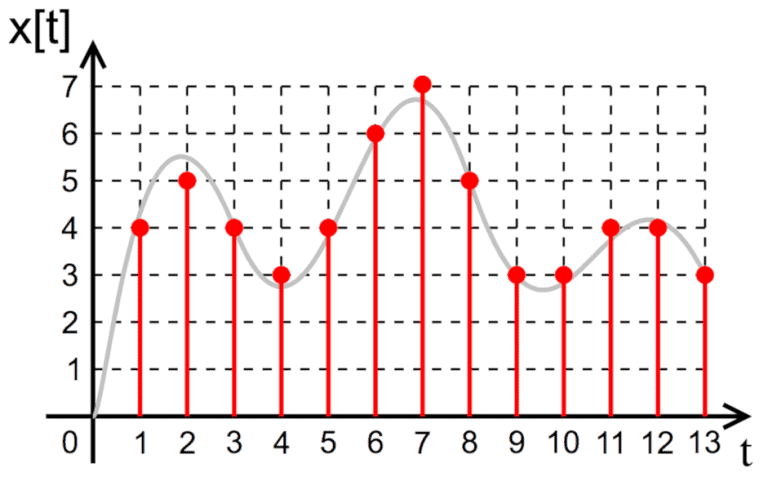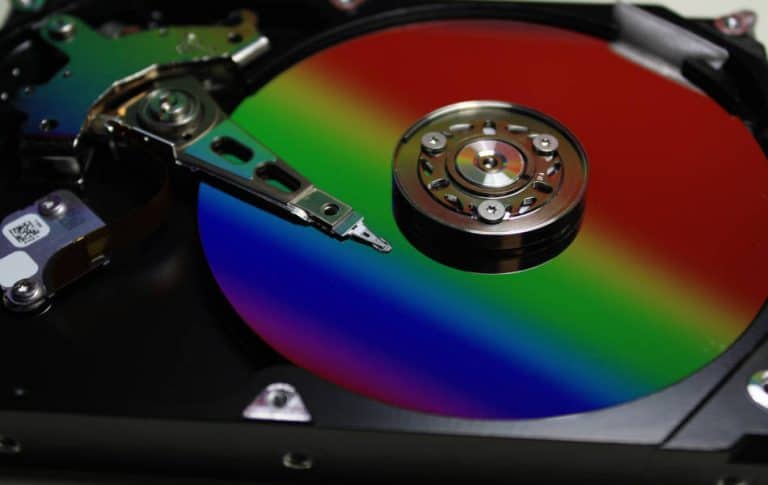Do I Need an External Audio Interface or Sound Card?
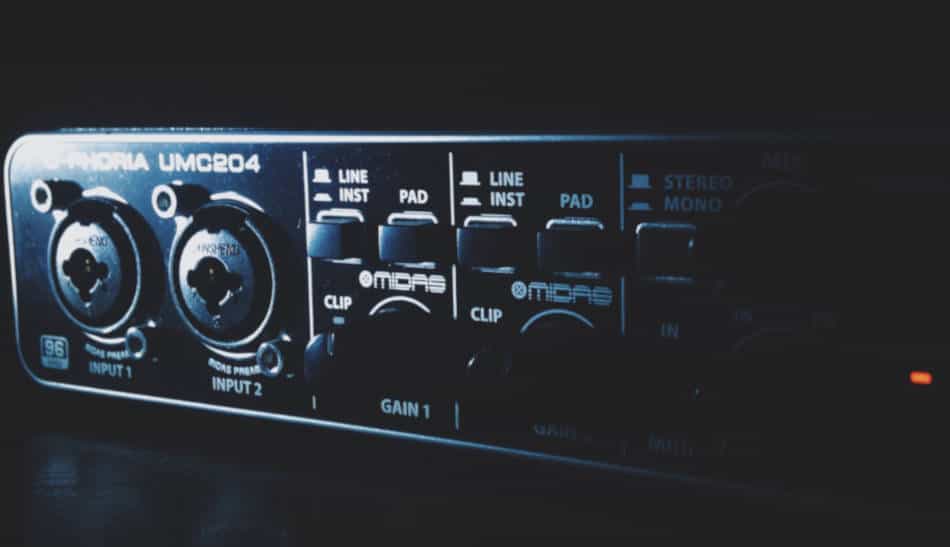
The computer you use for recording and producing music almost certainly has an internal audio interface. If you have ever used it to listen to music, or watch and listen to YouTube videos, then it can convert the digital signals inside the computer to audio signals to send to headphones or a speaker.
If you have every used it to Skype or FaceTime someone, and the other person could hear what you were saying into your microphone, then it can convert these analog audio signals to digital signals inside the computer.
So, if you’re making music on your computer, or recording voiceovers or podcasts, do you still need an external audio interface? That’s what we’re going to have a look at here.
Do I need an external audio interface? The audio interface converts analog audio signals from a microphone or instrument into digital signals that can be processed by recording software on the computer. Computers normally have an internal audio interface, but its functionality is limited. For professional-sounding results an external audio interface is needed.
You can definitely get a lot done with music or voiceover production without an external audio interface, but you can definitely get a lot more done with one.
My First External Audio Interface
Before we look at the reasons why you will probably need an external audio interface, we should have a look at what they actually do.
As usual, the story starts with me being very confused. When I first became interested in music production on the computer I bought a second-hand copy of Cubase on eBay.
I bought Cubase second-hand for two reasons:
1. I didn’t have much money.
2. My computer was not powerful enough to run a more recent version of the software.
The first version of Cubase I bought was Cubase VST, which will tell you how long ago this was.
I was feeling quite pleased with myself when a friend of mine, who was pretty advanced with computer music production, told me I needed to get a sound card.
Now, I was pretty sure that my computer had a sound card because I could hear sound coming out of it and I could make recordings by plugging a microphone directly into the microphone socket on the computer. So, what was he talking about?
While I was trying to figure it out, he told me he had just bought a new sound card and I could buy his old one. I had no idea what I was buying, but he didn’t want much for it and it was just what I needed (apparently).
Anyway, when he gave it to me it didn’t look like what I thought a sound card would look like. It was a box with loads of knobs, switches and sockets.
I now know that what I bought was an external audio interface. I think the term “sound card” is a carry-over from the PCI cards that slot into the back of computers to provide an audio interface.
This one was actually an external MIDI interface too. It was a Tascam US122 Audio/MIDI Interface. And I loved it!
I could plug guitars in and record rhythm tracks, and then play the track back while I recoded a second guitar. I could also plug my ancient Yamaha DX11 into it using a MIDI cable and play the software synthesizers that were included with Cubase. And, if there was no-one around, I could record vocals over the track that I had prepared.
What Does an Audio Interface Do?
Whether it’s an internal (already inside your computer) or an external audio interface its main job is the same.
Its job is to convert analog audio signals from an instrument or microphone into digital signals on the way into the computer, and convert digital signals to audio signals that can be amplified and heard on headphones or speakers.
The audio interface will be connected to the computer, usually using a USB cable, but more expensive units can use faster connections. Lower-priced audio interfaces are often powered from the USB connection, while more expensive units can require a separate power source.
We wrote an article on whether a more expensive audio interface improves sound quality, which you might find interesting.
The circuitry inside the audio interface that does converts the audio to a digital signal is called an “analog-to-digital converter” (ADC). The circuit that converts digital signals to audio signals is called a “digital-to-analog converter” (DAC).
You can read more about what analog-to-digital converters do in another article focusing on this topic.
When you hear or read about audio interfaces and their analog-to-digital converters there are two factors that come up all the time. These are sample rate and bit depth (sometimes called resolution).
Sample Rate
The way that an analog to digital converter works is that it takes lots of tiny snapshots of the audio signal so that it can be represented digitally.
Each snapshot is called a sample, and the number of snapshots taken each second is called the sample rate. Sample rate is measured in Hertz (Hz), which refers to cycles per second.
The most widely used sample rate (as used in CDs) is 44.1kHz. If you check the settings when you have an external audio interface connected to your computer you will probably see that it can also provide a sample rate of 48kHz and maybe even higher.
Bit Depth
The other important factor in the conversion of analog audio signals to digital, and back again, is bit depth.
In an analog-to-digital converter the more bits of information (1s and 0s) the more accurately you can capture the audio.
The minimum bit depth that seems to be used by most audio interfaces is 16 bits. This means that the analog-to-digital converter is taking samples of the sound that can represent 65,536 levels of the analog audio signal’s waveform.
But wait a minute, my computer’s sound card can do that too
If you look at the sound properties in your computer you will see that it is capable of a sample rate of at lease 44.1kHz and a bit depth of at least 16bits, so why do you need an external audio interface?
If you only want to make recordings that aren’t too demanding then you might be able to get away without one for a while. However, the internal audio interface is quite limited and you will probably start to have problems fairly quickly.
The first problem is that your computer’s main processor, the CPU, is involved in processing the audio. This can affect the processing of the analog-digital conversion, which is being done in real-time.
The computer chips providing the audio interface function can be overloaded fairly easily, plus you can get a lot of interference from the other components inside the computer.
This results in the analog signal that’s captured not being representative of the audio signal that was input, or the output having parts of the sound missing or containing excessive noise.
What About Latency?
Another reason you shouldn’t rely on your computer’s built-in audio interface is latency. Latency is the time delay between the sound of someone speaking, singing or playing an instrument into the computer, and the sound coming out of the speakers or headphones.
If the time delay is longer than a few milliseconds it can make it very difficult to record while listening to the delayed version of what you are doing.
It can be difficult to get the latency down to acceptable levels with your computer’s audio interface. An external audio interface is using its dedicated processors to convert the analog signals to digital, so the delay can be made much shorter.
Many external audio interfaces also provide a feature called direct monitoring. This lets you listen to the audio signal being input to the interface with almost no delay, or zero latency. This is useful if you are experiencing latency, even though you are using an external interface.
With direct monitoring the audio signal going in is split, with one part going into the computer to the recording software, and the other part being passed straight to the headphone socket.
So this is the appropriate sample rate and an adequate bit depth for audio work, so why do you need an external audio interface?
Sound Card
So, it’s analog-to-digital conversion, and back again, that is the most important function of your audio interface. Since this is what traditional computer sound cards do, when more specialised external audio interfaces were developed some people carried on calling them sound cards.
Companies that produce audio interfaces want to make them as useful as possible, so you now have a range of amazing all-in-one input/output devices to choose from.
Audio Functionality
External audio interfaces that you might have in a home studio provide between one and six audio inputs.
The inputs on an audio interface usually enable you to connect different types of device, and they handle the different types of analog input received from them.
There are four types of analog audio signal, each with their own signal level, that a home studio audio interface would need to be able to receive. These are: microphone level, instrument level and line level.
Microphone Level Signals
We’ll start with the lowest level of signal, which is microphone, or “mic”, level.
As the name suggests this is the level of electrical audio signal produced by microphones. Since the signal is so weak it can be affected easily by electrical interference. This is why microphones are often connected using “balanced cables”, which protect the signal from this interference.
Microphone level audio signals need to be amplified, and this is usually done by a microphone pre-amp (short for pre-amplifier). This amplifies the weak microphone-level to prepare it for further processing by the audio interface.
Some audio interfaces have a switch that lets you select a microphone level setting for the input, while others switch to this setting automatically when you plug in a microphone.
For example, some of the Focusrite audio interfaces automatically configure the input for a microphone when you plug in using an XLR connector. XLR connectors are used to the balanced cables used in microphones, so the audio interface uses this as an indication of the signal level that will be coming into it.
If you are using condenser microphone it will need to have power supplied from the audio interface. This is called phantom power and it can delivered to the microphone via the XLR connector and balanced cable.
Instrument Level Signals
Instrument-level signals are the type of electrical audio signal that will be produced by the pick-ups on electric guitars or similar instruments. The level is a little higher than that produced by a microphone but is still quite weak, so it needs to be amplified.
Line Level Signals
Line level signals are the highest level audio signals of the three. When microphone level and instrument level signals are being amplified by the pre-amplifier in the audio interface, they are usually being amplified up to line level.
Line level signals are produced by samplers, synthesizers and other electronic keyboards, drum machines, mixers and audio interfaces. This last one isn’t surprising, because we’ve already seen that microphone and instrument level signals are amplified to line level as they enter the interface.
The audio signals that are output from the audio interface are normally at line level, ready to be sent to an amplifier.
Speaker Level Signals
There is a fourth type of analog audio signal, which is speaker level signals. Speaker level signals are what comes out of an amplifier and goes into a speaker. You need to be very careful about putting speaker level signals into anything that’s not designed for them, which is pretty much anything except a speaker.
Not Just Audio, but Midi Too
Some external interfaces let you connect MIDI devices as well as accepting audio input of various types. It’s really useful to be able to connect other types of device to your interface as it lets you keep everything nice and tidy.
My trusty old Tascam US122 could do this. I think I’ll see if I can find some driver software for it that might work on an up-to-date computer.
What About USB Microphones and USB Keyboards?
It’s becoming easier to use a computer for music production, and sound recording in general, without the need for a separate external audio interface.
USB Microphones
You can get USB microphones, like the Blue Yeti, that have their own built-in audio interface and pre-amplifer that can be plugged directly into a USB port on the computer.
So, if you are recording podcasts or doing doing other voiceover work, do you need a separate audio interface? Possibly not.
If you are a vocalist and you are just recording your vocals into a music project that someone sent you from their computer, can you just do this with a USB microphone? Probably yes.
MIDI to USB Connectors
You can also get converter cables that let you plug standard MIDI connectors into your keyboard, with a USB connector on the other end for plugging into the computer.
This would let you record MIDI into the computer software, or use MIDI sequences in the computer software to play the keyboard, but it wouldn’t let you record the audio from the keyboard. For that you would need to plug the audio output from your keyboard into an audio interface.
There are exceptions where the hardware keyboard comes with software instrument for the computer to provide some integration, but this is rare.
You Need an External Audio Interface
It might be okay to use the internal audio interface, also known as the sound card, inside your computer when your home studio is just you on the sofa with your laptop on your lap. But when you want more professional-sounding results you really need an external audio interface.
An external interface lets you input various types of audio signal. It deals with each type of signal as it comes in, and prepares it for sending on to your recording software. The interface also converts digital signals from the computer to audio signals, ensuring the sound produced is as good as it can be.

